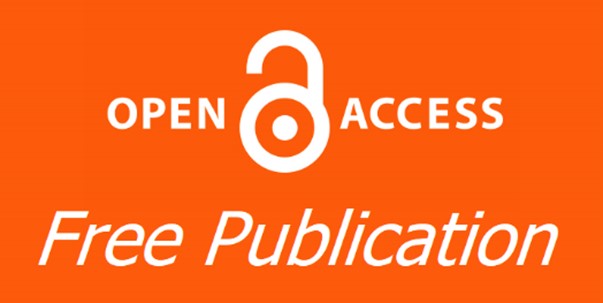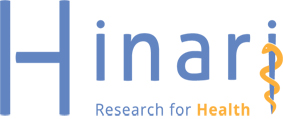Article Type
Article
Abstract
Septal pathology contributes to almost all nasal deformity. In a high percentage, septal deformities are the main cause of functional complaints. They are also at the root of aesthetic complaints. We may quote Cottle, [1] who said (As the septum goes, so goes the nose). So, correction of septal deformity is one of the basic procedures in functional reconstructive nasal surgery. Correction of external nose is impossible without septal repair. In a sense, the septum is the (Soul) of the human nose. The application of endoscopic techniques to correct septal deformities was initially described by: lanza [2] and Stammberger. [3] The advances in endoscopic techniques have facilitated endoscopic septoplasty. Many authors (Hundreds) wrote on endoscopic septoplasty, • Siegel N, Glicklich R, Taghizadeh F, Chang Y. 2000. [4] • Hwang PH, McLaughlin RB, Lanza DC, Kennedy DW. 1999. [5] • Chung BJ, Batra PS, Citardi MJ, Lanza DC. 2007. [6] • Cantrell H. 1997. [7] • Elsayed M, et al. 2005. [8] All these authors do limited endoscopic septoploasty. So in this work we will do (Kottle) septoplasty endoscopically Following the basic rules of Cottle.The advances in endoscopic techniques have facilitated endoscopic septoplasty. Endoscopic septoplasty is useful in difficult as well as simple cases. Endoscopic septoplasty is a relatively recent and important technique. The purpose of this study was to review the surgical technique, indications, and outcomes for endoscopic septoplasty.
Methods: A retrospective review was conducted to identify patients undergoing endoscopic septoplasty between 2010 and 2012 at a Tertiary care medical center (Ahmed Maher Teaching Hospital, Cairo). Operative indications, adjunctive procedures, symptom outcome, and complications were recorded.
Results: 100 patients with a mean age of 23 years were identified. The male/ female ratio was 3:1 and mean follow-up period was 13 months. Indications for endoscopic septoplasty included nasal obstruction (82%). In 33 patients endoscpic sinus surgery is done and rhinoplasty in 12 patients. Turbinoplasty is done in all cases. In all patients there were satisfactory subjective results with patent airway, improved fitness and reduced upper respiratory tract infection attacks as experienced by the patients. There was one case of septal hematoma (localized anterior and evacuated under local anaesthia). No cases of septal abscess, No perforation, No supratip depression, No synachia. Under correction occurred in 9 case and there were satisfaction by the patients and no over correction
Conclusion: Endoscopic septoplsty is very safe & effective either alone or with other nasal operation. It improves illumination and accuracy. Also is very valuable and indispensable in teaching and documentation. Following the basics rules in simple as well as difficult cases is challenging.
Recommended Citation
Elsayed M.
Endoscopic septoplasty: Why, how and when.
Pan Arab J. Rhinol.
2017;
7 : -.
Available at:
https://pajr.researchcommons.org/journal/vol7/iss2/4
















